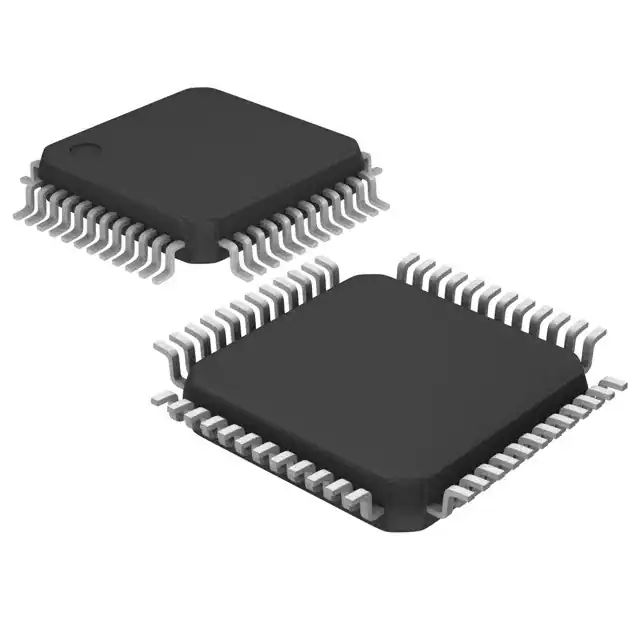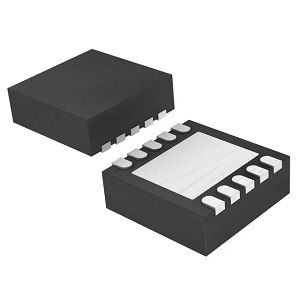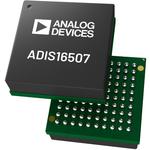New&original electronic components, hot-selling Power Management ICs HTSSOP-14 LM5010 LM5010MHX/NOPB
Product Attributes
| TYPE | DESCRIPTION |
| Category | Integrated Circuits (ICs)PMIC - Voltage Regulators - DC DC Switching Regulators |
| Mfr | Texas Instruments |
| Series | 94Tube |
| Package | Tape & Reel (TR)Cut Tape (CT)
Digi-Reel® |
| SPQ | |
| Product Status | Active |
| Function | Step-Down |
| Output Configuration | Positive |
| Topology | Buck |
| Output Type | Adjustable |
| Number of Outputs | 1 |
| Voltage - Input (Min) | 8V |
| Voltage - Input (Max) | 75V |
| Voltage - Output (Min/Fixed) | 2.5V |
| Voltage - Output (Max) | 70V |
| Current - Output | 1A |
| Frequency - Switching | 100kHz ~ 1MHz |
| Synchronous Rectifier | No |
| Operating Temperature | -40°C ~ 125°C (TJ) |
| Mounting Type | Surface Mount |
| Package / Case | 14-TSSOP (0.173", 4.40mm Width) Exposed Pad |
| Supplier Device Package | 14-HTSSOP |
| Base Product Number | LM5010 |
Main Function
The main function of the voltage regulator.
1. Voltage stabilization.
When the grid voltage fluctuates instantaneously, the voltage regulator will compensate for the voltage amplitude with a response speed of 10-30ms, making it stable within ±2%.
2. multi-functional integrated protection.
The voltage regulator in addition to the most basic stabilization of the voltage function should also have overvoltage protection (more than +10% of the output voltage), under-voltage protection (less than -10% of the output voltage), phase failure protection, short circuit overload protection the most basic protection functions.
3. Spike pulse suppression (optional).
The power grid sometimes has a very high amplitude, the pulse width is a very narrow spike pulse, and it will break through the lower voltage withstand electronic components. The anti-surge components of the regulated power supply can play a very good role in suppressing such sharp pulses.
4. isolation of conductive EMI electromagnetic interference (optional).
CNC equipment more AC/DC rectifier + PFC high-frequency power factor correction, itself a certain amount of interference at the same time the source of interference also has strict requirements. Regulated power supply filter components can effectively isolate the grid interference to the equipment at the same time can also effectively isolate the equipment interference to the grid.
5. lightning protection (optional).
Should have the ability to protect against lightning strikes.
Categories
The DC voltage regulator can be divided into two categories.
1, switching type
A different type of stabilized power supply from the linear regulated power supply is the switching type DC regulated power supply, which has a circuit type of single-ended flyback, single-ended forward, half-bridge, push-pull and full-bridge. The fundamental difference between this and linear power supplies is that the transformer does not operate at operating frequencies but tens of kilohertz to several megahertz. Function tube is not working in the saturation and cut-off area that is the switching state; switching power supply thus named.
2,Linear
The linear voltage regulator has a common feature in that its power device regulator tube works in the linear zone, relying on the voltage drop between the regulator tube to stabilize the output. Due to the large static loss of the regulator tube, a large heat sink needs to be installed to dissipate heat to it. The transformer is also heavier because it operates at 50Hz.
The advantages of this type of power supply are high stability, small ripple, high reliability, easy to make multiple, continuously adjustable output of the finished product. The disadvantages are that they are large, bulky, and relatively inefficient. This type of stable power supply and there are many kinds, from the nature of the output can be divided into voltage stabilized power supply and current stabilized power supply and set of voltage stabilization, current stabilization in a stable voltage, and current (dual-stable) power supply. The output value can be divided into fixed-point output power supply, band switch-adjustable, and potentiometer continuously adjustable type several. From the output, the indication can be divided into pointer indication type and digital display type, and so on.三、
Introduce
DC switching power supplies.
The advantages of switching power supplies are their small size, lightweight, stability, and reliability. They are available in power ranges from a few watts to several kilowatts. Here are a few switching power supplies
1. Communication power supplies
The communication power supply is essentially a DC/DC converter type power supply, but it is generally a DC-48V or -24V power supply, and backup battery for DC power supply, the DC supply voltage into the circuit work voltage, it is generally divided into the central power supply, layered power supply, and single-board power supply three, the latter is the most reliable.
2. AC/DC
This type of power supply, also known as primary power supply, obtains energy from the power grid and obtains a DC high voltage through high voltage rectification and filtering for the DC/DC converter to obtain one or several stable DC voltages at the output, with power ranging from a few watts to several kilowatts. There is a wide range of specifications for such products, and the primary power supply (AC220 input, DC48V, or 24V output) in the communication power supply is also of this type, depending on the needs of the user.
3. Modular power supply
With the rapid development of science and technology, the reliability of the power supply, and capacity/volume ratio is increasingly high, the module power supply is increasingly showing its superiority, it works at a high frequency, small size, high reliability, easy installation and combination of expansion, so more and more widely used. Although there is a corresponding domestic module production, because the production process has not caught up with the international level, the failure rate is high.
4. Radio power supply
Radio power supply input AC220V/110V, output DC13.8V, power by the power of the radio station, a few amps, and hundreds of amps are available. To prevent the AC grid power failure to affect the radio work, and need to have a battery pack as a backup, so this kind of power supply in addition to the output of a 13.8V DC voltage also has a battery charging automatic conversion function.
5. DC/DC
In the communication system, also known as a secondary power supply, it is a primary power supply or DC battery pack to provide a DC input voltage, after the DC/DC conversion at the output side to obtain a DC voltage or several DC voltages.
Although the DC/DC module power supply is more expensive, from the point of view of the overall cost of the product's long application cycle, especially due to system failure and the high cost of maintenance and loss of goodwill, the choice of the power module is still cost-effective, it is also worth mentioning here is the Roche converter circuit, its outstanding advantage is the simple structure of the circuit, high efficiency and output voltage and current ripple value close to zero.
6. Special power supplies
High voltage and low current power supplies, high current power supplies, 400Hz input AC/DC power supplies, etc. can be classified as such and can be selected according to special needs.
About Products
The LM5010 step-down switching regulator features all the functions needed to implement a low-cost, efficient, buck bias regulator capable of supplying in excess of 1-A load current. This high-voltage regulator contains an N-Channel Buck Switch, and is available in thermally enhanced 10-pin WSON and 14-pin HTSSOP packages. The hysteretic regulation scheme requires no loop compensation, resulting in fast load transient response, and simplifies circuit implementation. The operating frequency remains constant with line and load variations due to the inverse relationship between the input voltage and the ON-time. The valley current limit detection is set at 1.25 A. Additional features include: VCC undervoltage lockout, thermal shutdown, gate drive undervoltage lockout, and maximum duty cycle limiter.












